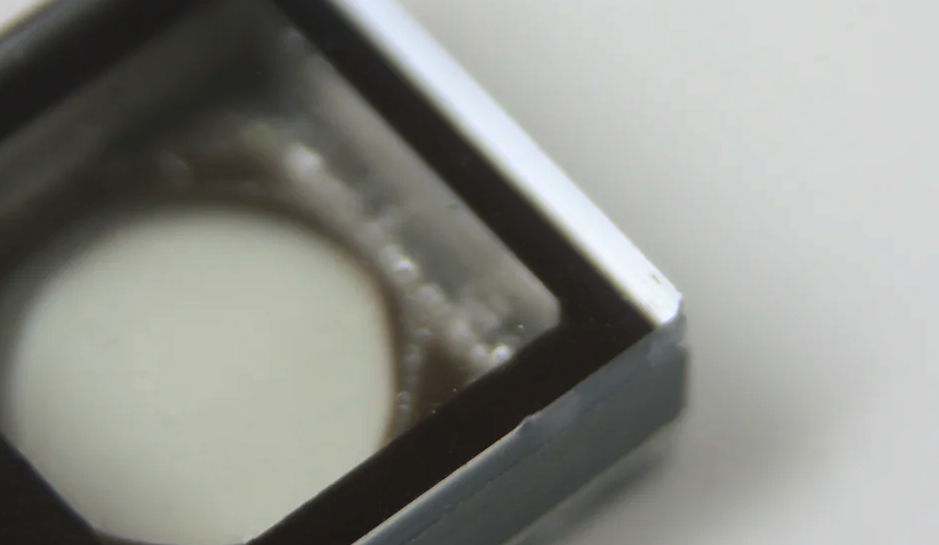Scientists at the University of Birmingham have successfully tested a new technique for generating cold atoms, developed by Aquark Technologies. The technique, known as Supermolasses, does not require an applied magnetic field, making cold matter platforms more portable and commercially viable. The tests were part of a project called Gravity Array, a collaboration between Aquark and the University of Birmingham, funded by Innovate UK. The project aims to use a single laser and control system to operate several low-power sensor heads, reducing costs and enabling sensors to be located in remote or harsh environments. Key individuals involved include Dr Andrei Dragomir of Aquark and Professor Michael Holynski of the University of Birmingham.
University of Birmingham Tests Aquark Technologies’ Cold Atom Generation Technique
Scientists at the University of Birmingham have successfully trialed a novel method for generating cold atoms, pioneered by Aquark Technologies. The technique, known as Supermolasses, is unique in that it does not necessitate the use of an applied magnetic field. This characteristic could potentially make cold matter platforms more accessible and resilient, thereby facilitating their commercial use. The University of Birmingham’s tests mark the first independent implementation of Supermolasses, conducted as part of the Innovate UK-funded project, Gravity Array.
Innovate UK’s Gravity Array Project
The Gravity Array project, funded by Innovate UK, is a joint venture between Aquark Technologies and the University of Birmingham. It merges Aquark’s innovative Supermolasses atom cloud generation with the quantum gravity sensing expertise at the UK Quantum Technology Hub in Sensors and Timing. The project’s goal is to create a unique new capability where a single laser and control system can operate several low-power sensor heads. This would allow sensors to be placed in remote or harsh environments, significantly reducing the cost of overall monitoring activity.
Collaboration between Aquark Technologies and the University of Birmingham
The University of Birmingham team, in collaboration with Dr. Chester Camm, Dr. Alex Jantzen, and Dr. Andrei Dragomir from Aquark Technologies, successfully generated the first Supermolasses not produced by Aquark Technologies staff. They managed to trap atom clouds without the use of applied magnetic fields. The team is now working on further characterizing and independently evaluating the technique before integrating it with other methods to develop a low-power sensor head. Trials for this are planned for late 2024.
Potential Applications of the Supermolasses Technique
The trials aim to further showcase the Supermolasses technique and other innovations from the project in a practical setting. Potential applications include border control, infrastructure and environment monitoring, covert monitoring, and energy. Aquark Technologies Co-Founder and CEO, Dr Andrei Dragomir, expressed excitement about the project, emphasizing the company’s eagerness to collaborate and validate the unique benefits of their atom cloud generation method.
Comments from Project Leaders
Professor Michael Holynski, Principal Investigator of the UK Quantum Technology Hub in Sensors and Timing and project lead of the Gravity Array project from the University of Birmingham, commended the progress on techniques that could potentially reduce the cost of quantum sensor systems. He highlighted that the project, funded by Innovate UK as part of the National Quantum Technologies Programme, has made initial strides in validating techniques that could decrease the electrical power and operational needs of quantum sensors. This aligns with the Hub’s roadmap towards distributed sensor networks over large areas for applications such as environmental monitoring and monitoring of remote or hazardous locations.

